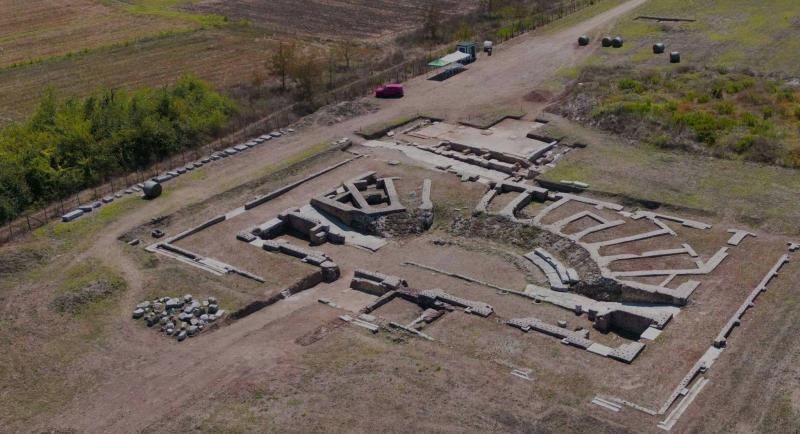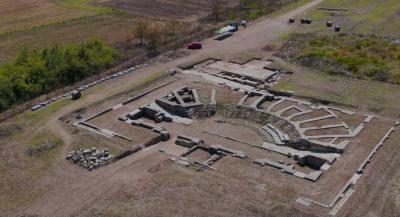The city is called "Intramna Lirenas" and is located halfway between Rome and Napes. Scientists believe it was a "thriving" Roman city with a relatively large population for that period.
Archaeologists have uncovered a Roman city that vanished more than 1500 years ago in Italy, which had remained unnoticed by humans throughout this time, despite being prosperous and significant. According to details published by the British newspaper "Daily Mail," and which were reviewed by "Warda," researchers have found the remains of a city that once thrived, home to over two thousand people, and received support from the Roman Emperor Julius Caesar. The report states that this city has been abandoned and lost for about 1500 years and is a remnant from the Roman era.
The city, named "Intramna Lirenas," is situated midway between Rome and Napes, and scientists believe it was a "thriving" Roman city with a relatively large population for that period. Although archaeologists regarded it as a mere small settlement in the 1980s, it was, in fact, a large city that contained houses, a temple, baths, and a covered theater. It was not destroyed by a natural disaster and was only abandoned in the 6th century due to the threat of invasion.
Excavations at the site began in 2010, but the results were not published until now, following 13 years of study led by Dr. Alessandro Lonaro from the Classics faculty at the University of Cambridge. Dr. Lonaro stated, "Intramna Lirenas had a strategic location between a river and a main road, serving as a thriving node in the regional urban network." He added, "This city consistently played its cards right and always maintained relationships with communities between Rome and southern Italy while flourishing as a trading center."
Archaeological experts say that the discovered city contained 190 small houses, 25 larger houses, and only five homes exceeding 10,700 square feet. The research team also found 19 "courtyard buildings" that are believed to have served as internal market buildings, guild houses, residential complexes, and public warehouses.




